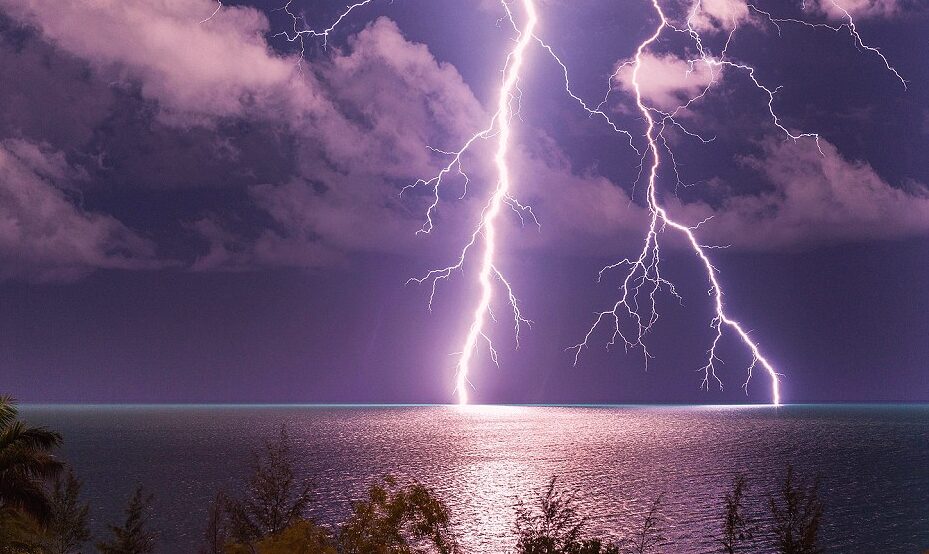Today we will tell you today is national what day. International Meteorological Day commemorates the entry into force on March 23, 1950 , of the Convention that established the World Meteorological Organization (WMO). This organization has contributed to the rapid progress of weather-climate sciences, related technologies and international cooperation. This development quickly led to the establishment of world-class operational systems for the protection of people and property and the mitigation of the effects of natural disasters, as well as the implementation of a whole series of socio-economic activities for the benefit of sustainable development defined as development that meets the needs of the present without compromising the ability of future generations to meet their own needs.
World Meteorology Day March 23
Weather not very foolish
Today, more than ever, we realize that the global economy is increasingly sensitive to weather and climate. All human activities are subject to the influence of weather, climate and water, and an increasing number of these activities have less and less room for maneuver to cope with risks.
In 2000, the United Nations refined and refocused its strategy for more environmentally-friendly development by urging its members to halve the percentage of people without sustainable access to the environment. a supply of drinking water, but also by helping to solve problems of vulnerability to climate risks, by promoting prevention and by improving the quality of interventions in the event of disasters. These objectives were developed in the Plan of Implementation of the World Summit on Sustainable Development (Johannesburg 2002).

Advances in remote observation using radar, satellites and other monitoring, data processing and communications have significantly enhanced scientific understanding of the physical processes that occur in the world. Atmosphere and the oceans and their interactions with other components of the Earth system.
These advances have led to unprecedented improvements in the quality and accuracy of weather forecasts and warnings. It is now possible to make deterministic weather forecasts seven to ten days in advance in the extra-tropical regions and three to four days in advance in the tropics.
New risks
The increasing concentration of greenhouse gases in the atmosphere is posing new problems today: climate change, the depletion of the stratospheric ozone layer, the scarcity of freshwater resources and the increasing pollution of the atmosphere. atmosphere and waters.
At the same time, the worsening consequences of extreme weather and climate events – including tropical cyclones, floods, droughts and cold or heat waves – in many parts of the world pose a significant threat to sustainable development.
The weather way record book
- The world’s lowest annual average rainfall was recorded in Arica, Chile. Over the last 59 years, the annual average has only reached 0.8 mm.
- The world’s highest annual average rainfall is recorded in Lloro, Colombia. Over the past 29 years, the annual average has reached 13,230 mm.
- The highest temperature in the world (58 ° C) was recorded at El Azizia (Libya) on September 13, 1922.
- The lowest temperature in the world (-89.4 ° C) was recorded at Vostok (Antarctica) on 21 July 1983.
- The largest hailstone (about 45 cm in circumference, more than 14 cm in diameter) was collected and measured in Coffeyville, Kansas, United States, on September 3, 1970. It weighed 755 grams. Most often, the diameter of hailstones is less than 5 cm.
- The world’s largest snowfall occurred in Silver Lake, Colorado, United States, on April 15, 1921. A 190 cm thick coat formed in less than 24 hours.
- The largest snowflake (measuring 20.3 cm by 30.4 cm) from the world fell in Bratsk, Siberia, in 1971.
Between 1992 and 2001, natural disasters related to weather and climate killed about 622,000 people, affected the lives of more than two billion people, left behind millions of homeless people, devastated arable land and contributed to the spread of disease.
Some studies have shown that the number of climate-related natural disasters has tripled in the last thirty years.











